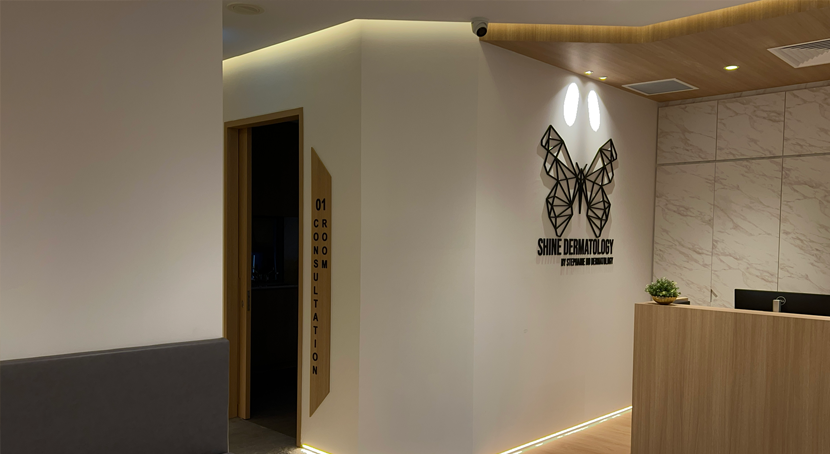What is Hyperhidrosis?
Hyperhidrosis is broadly classified into two main types:
-
Primary (Focal) Hyperhidrosis: This is the more common form, typically affecting specific areas such as the underarms (axillary), palms (palmar), soles (plantar), or face. It often begins in adolescence or early adulthood and has no identifiable medical cause.
-
Secondary Hyperhidrosis: This form is caused by an underlying medical condition or as a side effect of medication. It may result in generalised sweating across the body. Causes may include thyroid disorders, diabetes, infections, menopause, or certain medications.
Common Symptoms and Impact
Hyperhidrosis can affect one or more areas of the body. Common signs include:
-
Noticeable sweat stains on clothing, even without physical exertion
-
Cold, clammy palms or soles
-
Difficulty gripping tools, pens, or using touchscreen devices
-
Skin irritation or infections due to persistent moisture
-
Social anxiety or embarrassment related to visible sweating
The condition can interfere with work, social interactions, and quality of life. In severe cases, it may lead to emotional distress or avoidance of certain activities altogether.
Diagnosis and Evaluation
During your consultation at Shine Dermatology, our dermatologist will:
-
Take a detailed history of your symptoms, lifestyle, and medical background
-
Evaluate the areas affected and assess the severity of sweating
-
Identify possible triggers (e.g., stress, heat, caffeine, or medication)
-
Conduct investigations if secondary causes are suspected (e.g., blood tests to check thyroid function or blood sugar)
This thorough assessment helps us determine whether your sweating is primary or secondary hyperhidrosis and guide appropriate treatment.
Hyperhidrosis Treatment Options
At Shine Dermatology, we provide a range of clinically proven treatments tailored to your needs. These include:
1. Topical Antiperspirants
Prescription-strength aluminium chloride-based antiperspirants are often the first line of treatment. They block sweat ducts and reduce moisture. These are most effective for mild to moderate cases, particularly underarm hyperhidrosis.
2. Botulinum Toxin Injections
This is a highly effective and minimally invasive treatment for focal hyperhidrosis, especially in the underarms, palms, and soles. Botulinum toxin temporarily blocks the nerves that stimulate sweat glands, significantly reducing sweat production. Results can last 4 to 6 months and may improve quality of life dramatically.
3. Oral Medications
For patients with more widespread sweating or those who do not respond to topical or injection therapies, oral medications such as anticholinergics may be prescribed. These work by blocking the chemical signals involved in sweating. However, side effects such as dry mouth and blurred vision may limit their use in some individuals.
4. Iontophoresis
This technique is particularly useful for palmar and plantar hyperhidrosis. A mild electrical current is passed through water while the affected area is submerged. It helps to temporarily block sweat gland activity. Treatments are typically done multiple times per week initially and then spaced out for maintenance.
5. Lifestyle Modifications
We provide advice on lifestyle changes to help minimise sweating and manage symptoms. This includes:
-
Choosing breathable fabrics and moisture-wicking clothing
-
Avoiding triggers such as spicy foods, caffeine, and alcohol
-
Using absorbent pads or underarm shields
-
Maintaining good skin hygiene to reduce irritation or infection risk
Ready to Take the First Step Toward Dry, Confident Living?
If you are struggling with persistent or unexplained sweating, contact Shine Dermatology today to schedule a consultation. Early intervention and proper treatment can significantly improve your comfort, confidence, and quality of life.



